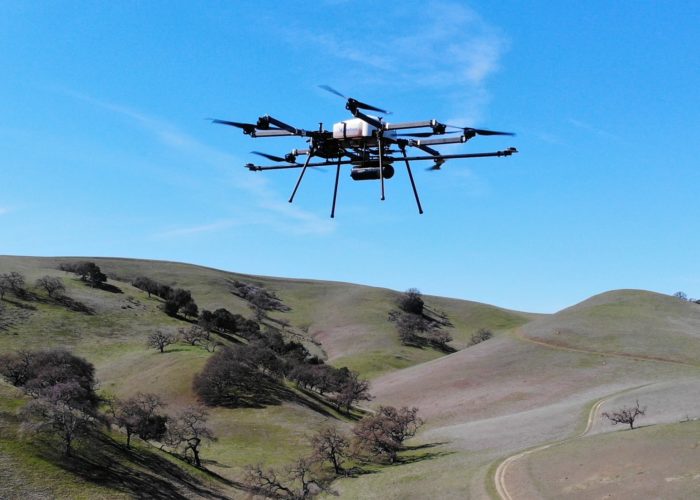ISHWAM Drone Survey

A drone survey is a method of capturing high-resolution aerial data using unmanned aerial vehicles (UAVs).
It involves flying a drone equipped with cameras or sensors over a specified area to collect images or video
footage, which can be processed into maps, 3D models, or other analytical outputs.
Drone surveys are commonly used in industries such as construction, agriculture, mining, and environmental
monitoring, offering a cost-effective and efficient way to gather accurate spatial data from hard-to-reach areas.

